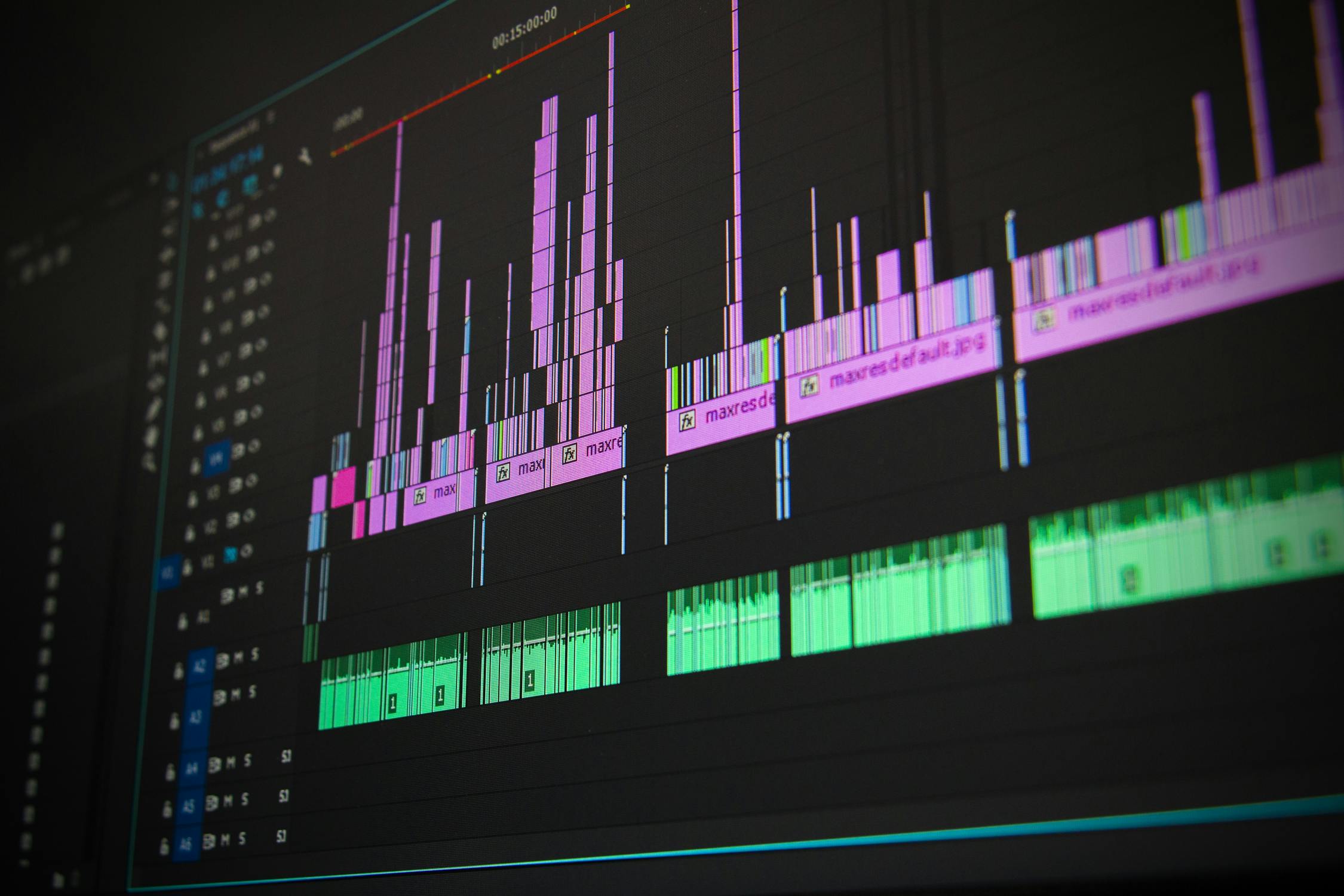Music Metadata in the Age of AI: How Detection Tools Are Evolving

Why Metadata Matters More Than Ever
In the music industry, metadata has always played a vital role in ensuring proper attribution, royalty distribution, and copyright tracking. It includes information like composer names, publishing rights, and ISRC codes—critical details that support the entire infrastructure of music licensing. But in today’s evolving landscape, where AI-generated music and synthetic audio are becoming increasingly common, traditional metadata alone is no longer enough. It tells what a track is, but not necessarily how it was made.
With the rise of AI-generated audio, music supervisors, streaming platforms, and rights organizations face new challenges. Tracks created by machines can easily slip into catalogs without clear disclosure, messing the waters of ownership and intellectual property. As synthetic content becomes harder to distinguish from human-composed music, ensuring transparency through metadata has become more important than ever.
The Gaps in Traditional Metadata
Standard metadata fields like song title, artist name, and ISRC code provide a surface-level view of a track’s identity. However, these conventional tags fall short when it comes to identifying the creative process behind the music. In a world where AI tools can produce entire compositions in minutes, a track may appear fully legit on paper while being completely machine-made—and even trained on copyrighted content without consent.
This creates a dangerous loophole. Without metadata that can verify whether a track is AI-generated or human-made, music platforms and rights managers are vulnerable to unintentional copyright violations. This issue extends across streaming platforms, sync libraries, and performance rights organizations, all of which rely heavily on metadata to review and clear music for use.
How AI Detection Enhances Metadata
To bridge this gap, AI music detection tools are stepping in as a crucial layer of metadata enrichment. These systems can analyze audio at a structural level to determine whether a track was generated by AI, offering new metadata tags like “AI-generated” or “synthetic origin.” By embedding this information into a track’s metadata, music stakeholders gain immediate visibility into its source and authenticity.
This kind of enhanced metadata empowers digital service providers, labels, and music libraries to make more informed decisions. Whether evaluating tracks for copyright risk, sync licensing, or artist discovery, having access to AI-detection data creates a higher standard of transparency. Platforms like aimusicdetection.com offer practical tools to integrate this analysis into existing workflows without compromising speed or scale.
Benefits for High-Volume Music Managers
For music publishers and sync libraries managing large volumes of submissions, AI-generated music poses a logistical and legal risk. Without scalable detection tools, reviewing thousands of tracks manually for potential synthetic content is nearly impossible. Detection-enhanced metadata not only streamlines the vetting process but also safeguards against copyright disputes and fraudulent submissions.
When detection tools are integrated into metadata systems, it becomes much easier to track AI-generated music across catalogs. This helps ensure that rights holders are properly credited and that unauthorized synthetic content doesn’t make its way into commercial placements, playlists, or royalty systems. It’s a proactive approach that supports long-term integrity in digital music ecosystems.
Conclusion
As synthetic audio becomes more prevalent and harder to detect with the human ear, the role of metadata must evolve. AI-generated music detection isn’t just a technical luxury—it’s fast becoming a necessity for anyone responsible for music curation, licensing, or copyright compliance. Platforms like aimusicdetection.com are paving the way for a more transparent, traceable, and ethical music industry, where both creators and consumers can trust the origin of every track.
